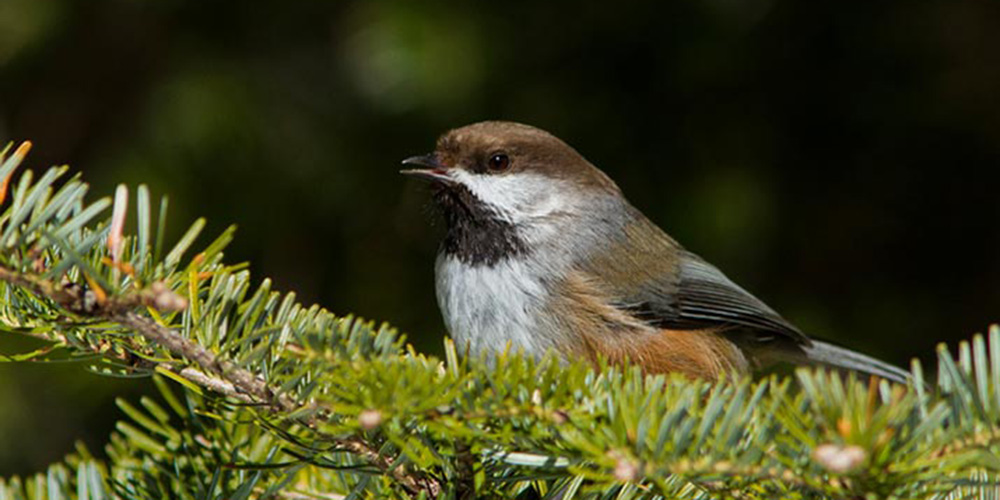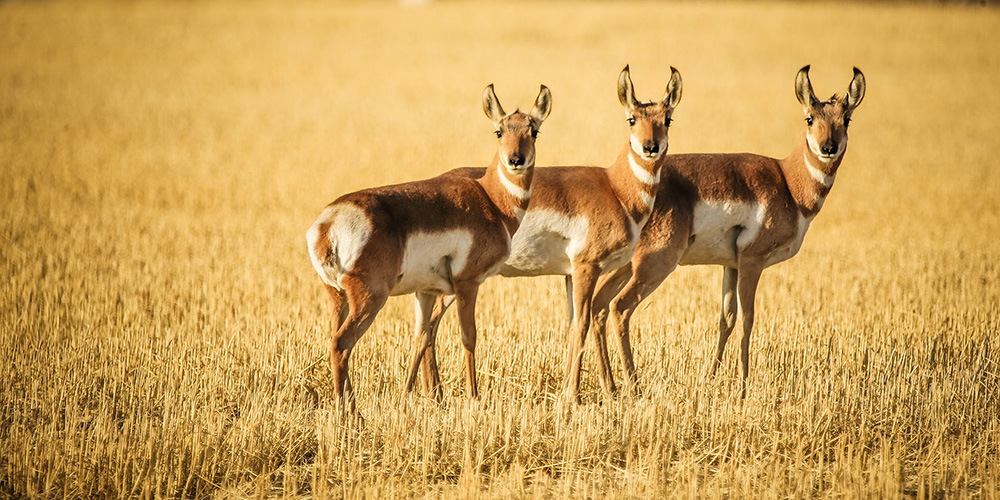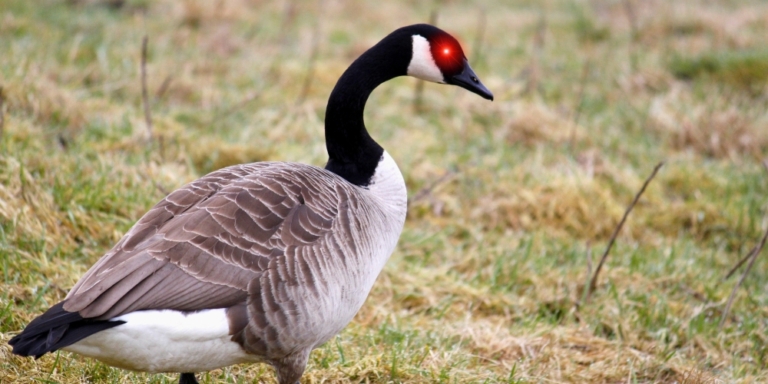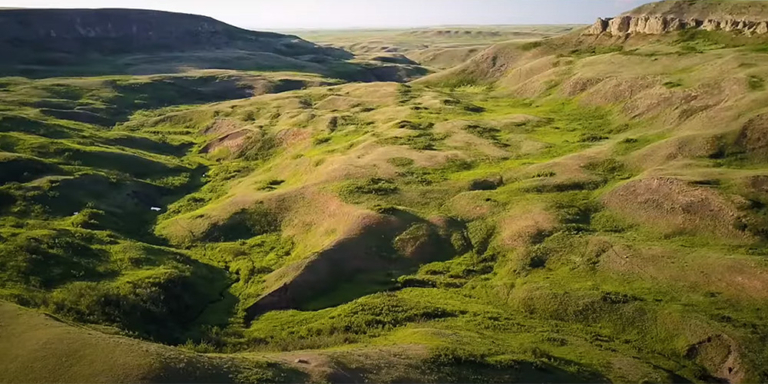National Wildlife Week takes place this week (April 7 – 13).
The Canadian Parliament officially proclaimed the week of April 10th as National Wildlife Week way back in 1947.
The National Wildlife Week Act was later passed in 1985 with this description:
“Throughout Canada in each year, the week in which April 10 occurs, being the anniversary of the birthday of the late Jack Miner, shall be known and observed as National Wildlife Week, so that interested clubs, associations and organizations may, on the day of that week most suitable to them, disseminate information pertinent to wildlife conservation.”
Who was Jack Miner?
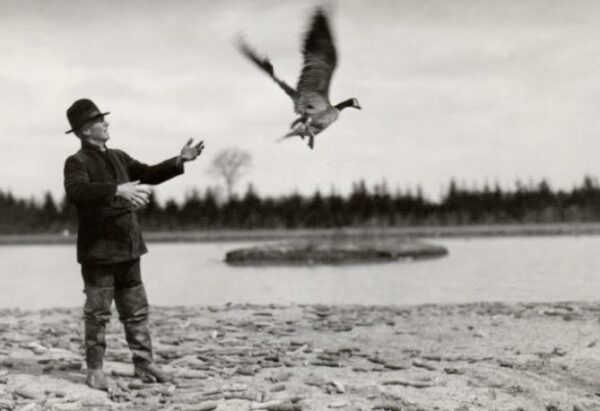
Called by many, ‘the father of North American conservationism,” Miner, commonly known as “Wild Goose Jack,” was a Canadian active in the conservation, study and preservation of wildlife.
Miner became one of the pioneering conservationists who identified waterfowl migratory routes.
In August 1909, he built a duck trap that proved effective for banding birds using homemade leg bands.
Over the years, he perfected his bird banding techniques and soon got bands from all over North America to return to him, helping him determine duck and goose migration routes.
Miner was also keen on wildlife conservation and establishing wildlife sanctuaries and refuges.
The Jack Miner Bird Sanctuary, among the earliest in North America, continues to operate today. It is situated near Kingsville in Essex County, Ontario, on a peninsula with Lake Erie to the south and Lake Saint Clair to the north.
Just 16 kilometres from the famous birdwatching spot, Point Pelee National Park, the sanctuary’s establishment played a role in Miner’s efforts to have Point Pelee designated as a national park in 1918.
Fast Forward to Today
Today, advocates for wildlife conservation include nature clubs, groups, and organizations.
The organization that leads the charge for National Wildlife Week is the Canadian Wildlife Federation (CWF).
This year, the CWF is celebrating “habitats” as the theme for National Wildlife Week.
Individual species can not be protected or preserved in isolation.
If we preserve habitats, then we can protect many species at once.
The CWF invites us to learn about the various habitat types in Canada, such as boreal forests, oceans, tundra, and grasslands.
Alberta’s Natural Diversity
Alberta boasts a rich array of natural landscapes, showcasing everything from the hot, dry badlands to expansive, untouched forests, alpine tundra, and sprawling icefields.
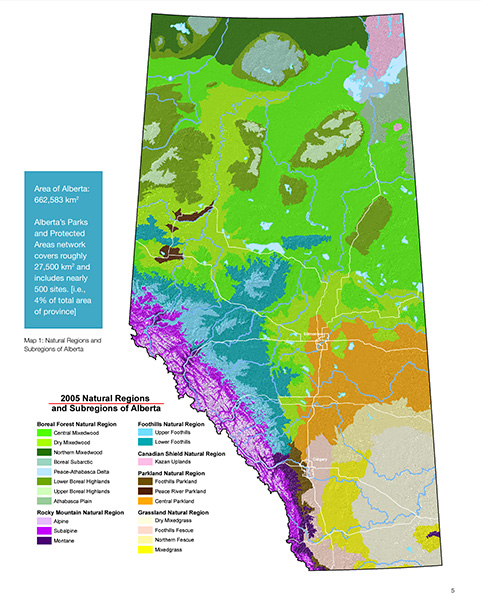
The province has six distinct natural regions, including the Boreal Forest, Grassland, Rocky Mountains, Canadian Shield, Parkland, and Foothills.
Protected zones have been established within each of these regions to preserve the rich diversity of Alberta’s natural beauty.
Within each of the six natural regions are subregions often defined by a dominant vegetation type.
For example, the Grassland region is made up of Drymixed Grass, Foothills Fescue, Northern Fescue, and Mixedgrass subregions.
Alberta is also home to some of the most endangered habitats in Canada. Because these are the province’s most developed areas, most of the subregions of the Grasslands and Parkland regions are under the greatest threat.
If we look at the list of endangered or threatened wildlife species in Alberta, the vast majority are residents of grassland or parkland.
Four of the five species extinct or extirpated from Alberta were from the grasslands, including the plains grizzly bear and plains wolf (extirpated pre-1900), the black-footed ferret (extirpated 1974; there are no longer any wild populations in Canada), and the greater prairie chicken (extirpated 1990).
The extinct Banff long-nosed dace (extinct in 1986) was the only non-grassland/parland species involved.
According to the Alberta Wilderness Association, “Many more species are on the brink of extinction: there are currently at least 41 Threatened or Endangered species in Alberta, 15 of which are listed by the province and 37 by the federal government.”
Alberta still needs to update its List of Endangered and Threatened Species under Alberta’s Wildlife Act since 2014, so there are likely more species that need to be added to the list.
But it’s not all bad news.
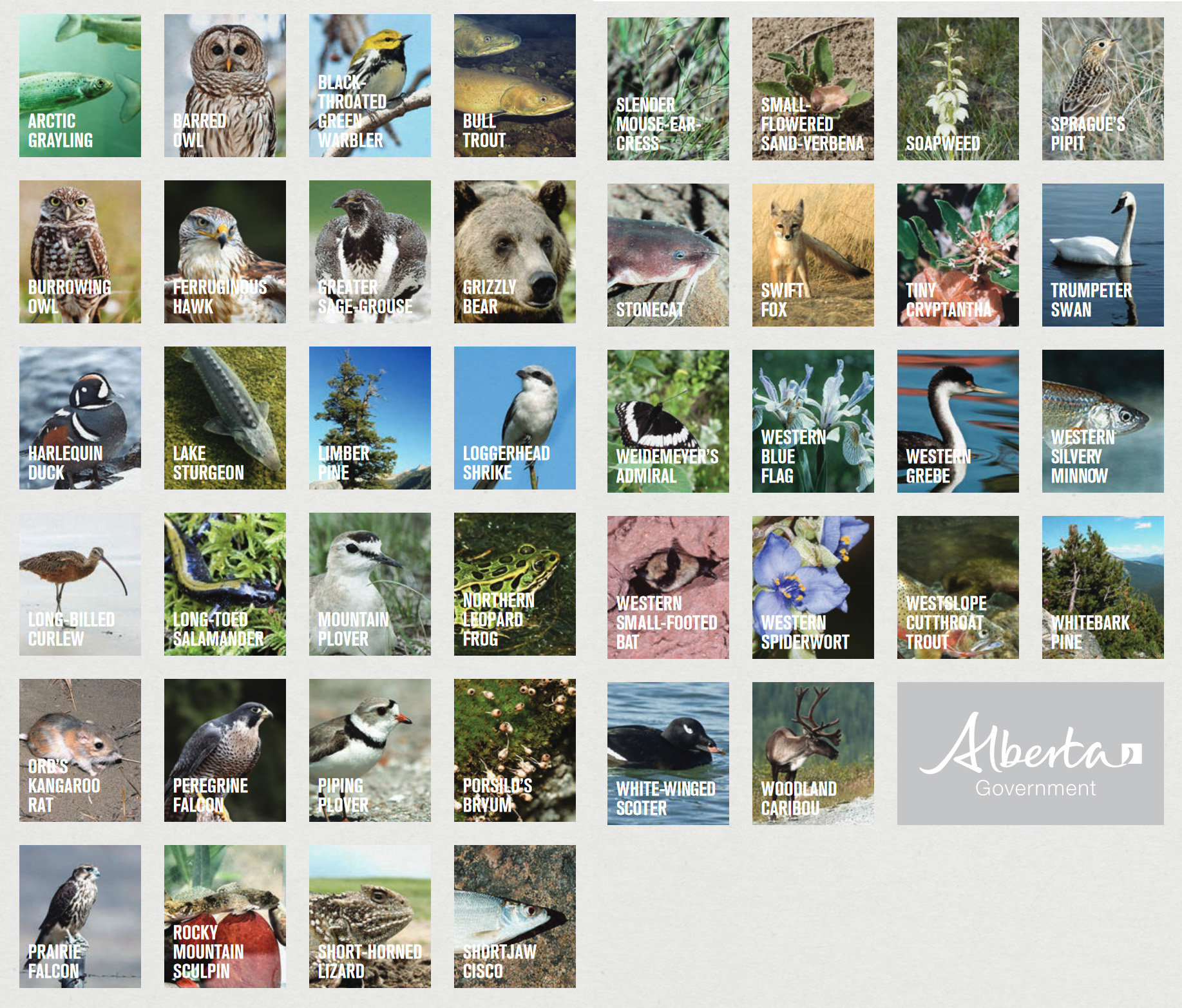
The Good News
We hear so much bad news about our environment and the loss of species diversity that it feels like there is not much we can do to save endangered species.
But, with our can-do attitude, Albertans have shown that we can make positive strides at protecting habitats and wildlife with ingenuity and perseverance.
Here at the Rockies.Life, we have covered numerous stories about the excellent work done by dedicated individuals and groups to protect our wildlife.
For example, where else, except in Alberta, could a ‘red-neck’ rancher and an ‘environmentalist academic’ unite to protect 22,000 hectares of grassland in southern Alberta?
Or how about the Siksika Nation planting a million shelter belt trees over the next five years to bring diversity and water-saving habitat back to the prairies?
Or the central Alberta couple donating 129 hectares of natural Aspen Parkland to the Nature Conservancy of Canada (NCC) for preservation, or another southern Alberta rancher donating 800 hectares of grassland to NCC near Police Outpost Provincial Park for future protection..
Finally, what about Parks Canada’s fantastic success with the reintroduction of bison in Banff National Park?
So, this week, take time to learn and celebrate our progress in protecting our wildlife.
Alberta is blessed with abundant wildlife resources; let’s keep it that way.
